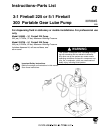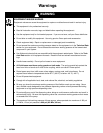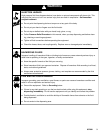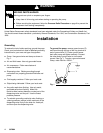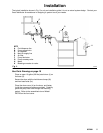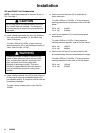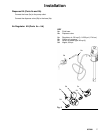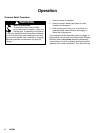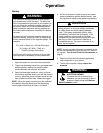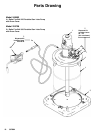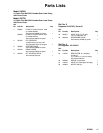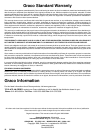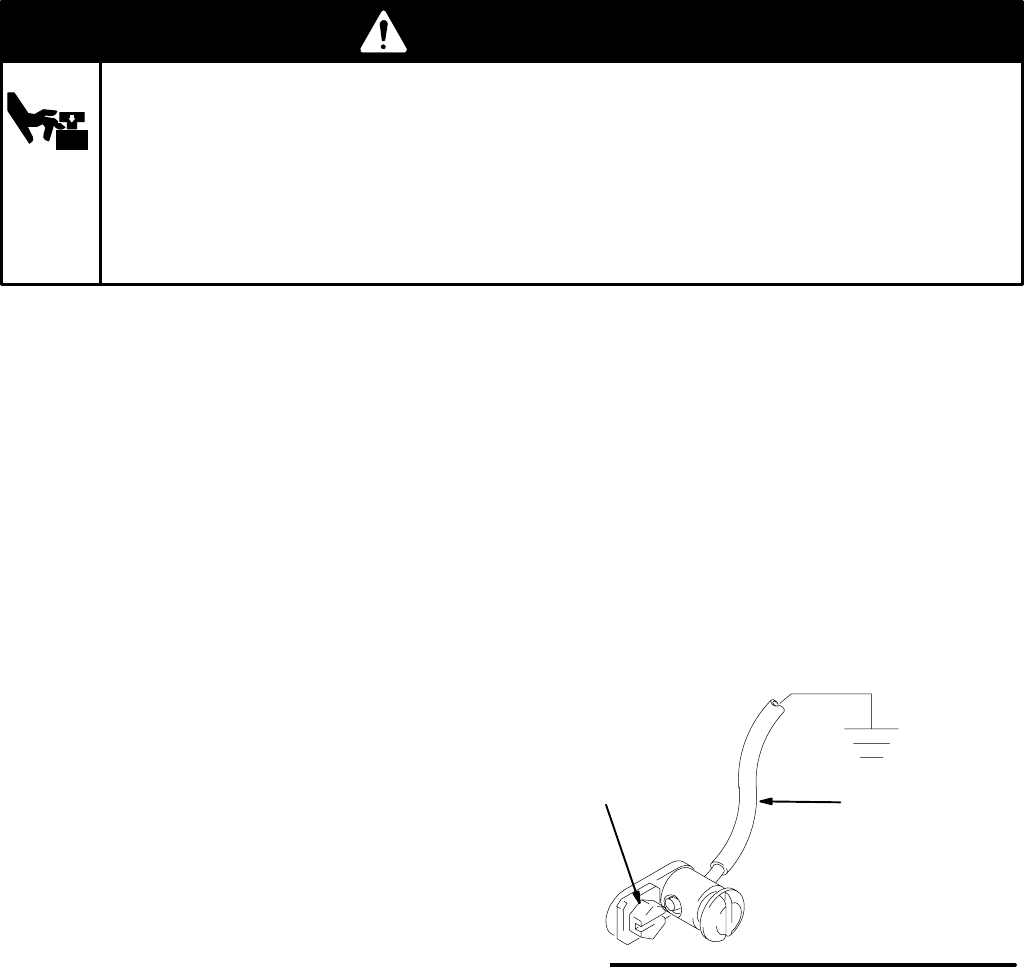
4 307884
MOVING PARTS HAZARD
Moving parts can pinch or amputate your fingers.
D Keep clear of all moving parts when starting or operating the pump.
D Before servicing the equipment, follow the Pressure Relief Procedure on page 8 to prevent the
equipment from starting unexpectedly.
WARNINGWARNING
United States Government safety standards have been adopted under the Occupational Safety and Health Act.
You should consult these standards––particularly General Standards, Part 1910, and Construction Standards, Part
1926.
Installation
Grounding
To reduce the risk of static sparking, ground the pump.
Check your local electrical code for detailed grounding
instructions for your area and type of equipment.
D Pump: Use ground wire and clamp as shown in
Fig. 1.
D Air and fluid hoses: Use only grounded hoses.
D Air compressor: Follow manufacturer’s
recommendations.
D Dispensing valve: Obtain grounding through
connection to a properly grounded fluid hose and
pump.
D Fluid supply container: Follow your local code.
D Object being lubricated: Follow your local code.
D Any pails used when flushing: Use only metal,
grounded pails when flushing. Make firm
metal-to-metal contact between a metal part of the
dispensing valve and the pail. Use the lowest
possible pressure.
D To maintain grounding continuity when flushing or
relieving pressure, always hold a metal part of the
dispensing valve firmly to the side of a metal pail,
and then open the dispensing valve.
Fig. 1
To ground the pump, remove ground screw (Z)
and insert through the eye of the ring terminal at
end of ground wire (Y). Fasten ground screw
back onto pump and tighten securely. Connect
the other end of ground wire to a true earth
ground. See Fig. 1. To order a ground wire and
clamp, order Part No. 222011.
TI1052
Y
Z



